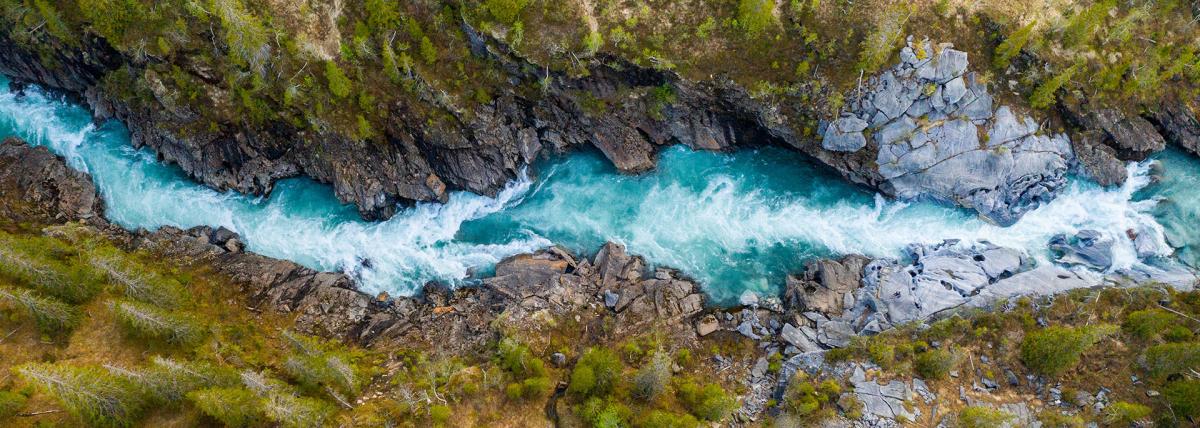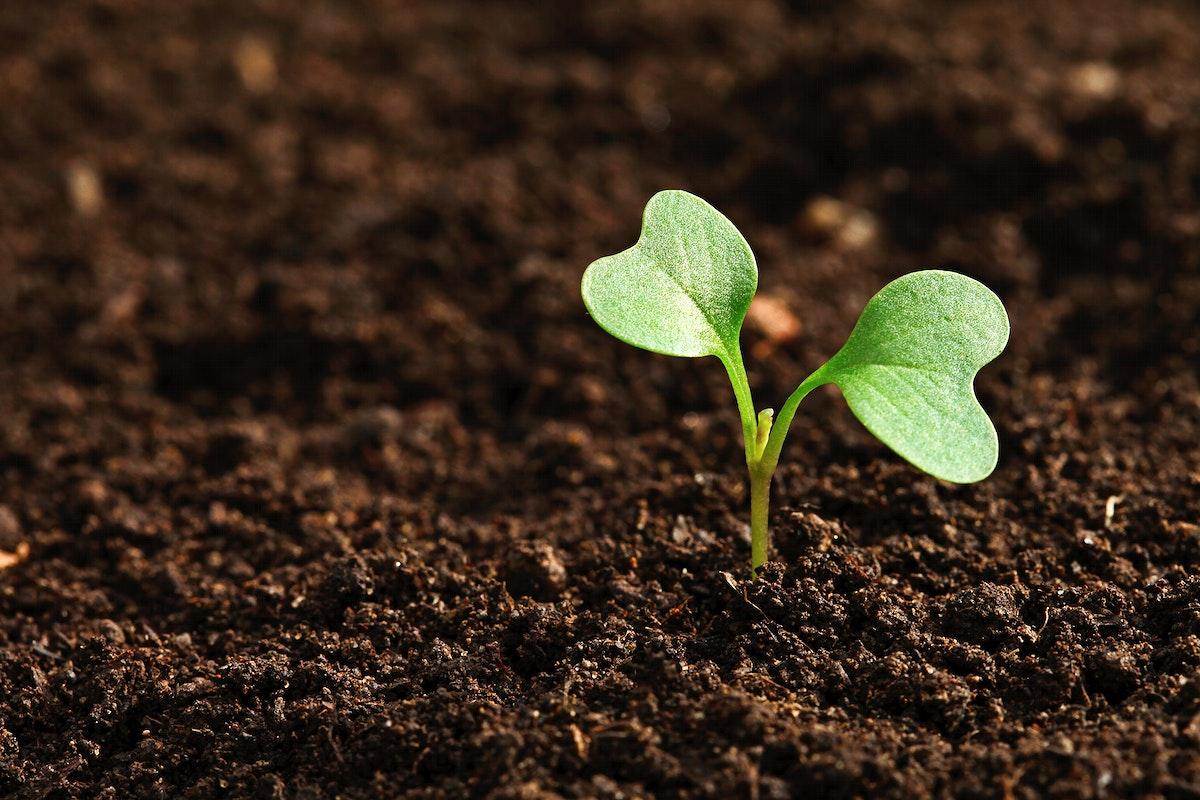This 2-Day STEM lesson takes place in a science classroom after students have explored the sun and solar system (including our planet, the moon, and asteroids), and is intended to focus on
This is a four part STEM project that incorporates several of the fifth grade math & science standards. Time allowance is one-two weeks. Students are given the opportunity to research an animal
This lesson is Part 2 of an engineering challenge. In Cooling Structure Challenge Part 2 students will use what they learned when they designed, built, and tested their prototype in Part 1. Often we
This lesson is about Mars and Martian water. It introduces students to the geography of Mars and the various ices found on Mars. This is the 1st lesson in a 2-part series.
In this lesson students will learn about water filtration and how to filter simulated Martian water. Students will build water filters and use the engineering design process. This is the 2nd lesson in
This hands-on lesson is designed for kindergarten students. It integrates literature and Math into STEM. The lesson calls for a read out loud where RL and SL standards are aligned. Math standards are
This is a multiple-day lesson plan based on Newton's 3 Laws of Motion. Students begin the lesson by collecting data observing coins moving across a table. After making the observations, students will
This lesson allows students to explore the Law of Conservation of Mass through a balloon lab activity using baking soda and vinegar. Students will be able to develop a model to describe their findings






In this hands-on lesson, students will use robotics to create an automated system that simulates the cleanup of a natural disaster. In this case, a nuclear reactor explosion. Students will program
During this lesson students will explore the concept of erosion. Using a Stream Table, students will have the opportunity to discuss theories with their classmates, observe erosion, draw a model and
Animals and Resources: Lesson 1
This is lesson 1 of the Life Science Unit. Links to all lessons included! In this lesson, students engineer a bird feeder to help birds access resources to survive. Optional fiction read-alouds
Animal Classification: Lesson 2
This is lesson 2 of the Life Science Unit. Students learn about animal classifications. Links to all lessons and optional fiction read-alouds, picture sorts, STEM hands-on activities, journal prompts
Animal Habitats: Lesson 3
This is lesson 3 of the Life Science Unit. Students design a habitat for an organism using earth material. Links to all lessons and optional fiction read-alouds, picture sorts, STEM hands-on
This is lesson 4 of the Life Science Unit. Students will evaluate and identify how the features of a young animal offspring and parent are similar (not identical) and different. They will code the
Animal Adaptations: Lesson 6
This is lesson 6 of the Life Science Unit. Students engage in various learning opportunities. #1 Objective: I can count and graph camouflage animals. #2 Objective: I can camouflage a butterfly. #3
Animal Extinction: Lesson 7
This is lesson 7 of the Life Science Unit. Students explore a variety of learning experiences. There are 2 objectives. #1 Objective: I can create a mixed-media art piece with a message for the world
Discover the power of hydraulics and pneumatics! Engaging in STEM activity on building systems and understanding fluid dynamics.
Unleash creativity with drones and coding! Explore the exciting world of block coding and its application in drone technology.
Featured Lesson Plans
Check out these notable lesson plans.

Saltwater vs. Freshwater
In this lesson students will show the proportion of freshwater compared to saltwater on Earth. Students will define the problem of having a limited amount of fresh water using evidence gathered from

In this outstanding lesson, teachers facilitate students to design and build Meet Edison Robots for Cougar Clash “BattleBot” robot battle classroom tournament. (We named ours Cougar Clash as your

This is the final lesson for the How do sunflowers grow? unit. In this lesson, students will plant their sunflowers outside. They will continue to monitor the growth of their sunflowers. They will


